Are you looking for ways to get rid of mastitis? Massaging your breast can be an effective way to reduce the pain and swelling associated with mastitis. In this article, we will discuss how to massage breast to get rid of mastitis, as well as the proven techniques to relieve pain and swelling. We will also discuss the importance of proper technique, safety considerations, and tips for successful massaging. So, if you’re looking for ways to get rid of mastitis and how to massage breast to do it, then read on!
Contents
What is Mastitis?
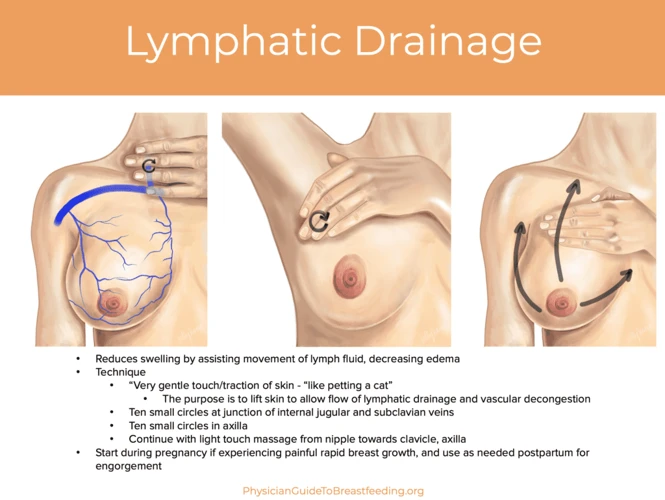
Mastitis is an inflammation of the breast tissue that can be caused by a bacterial infection. It typically occurs in breastfeeding mothers, but can also occur in non-breastfeeding women. Signs and symptoms of mastitis include pain, redness, warmth, swelling, and tenderness in the affected area. It can also cause fever, chills, fatigue, and a general feeling of being unwell. A blocked milk duct can also be a cause of mastitis.
How to massage breast for mastitis can help relieve pain and swelling. Massage can be done through gentle circular motions with your fingers or a warm compress. Massage can help move the accumulated milk and clear the blocked ducts. It can also encourage the flow of blood to the affected area, helping to reduce inflammation and pain.
Benefits of Breast Massage for Mastitis

Breast massage can be an effective way to help relieve the discomfort and symptoms of mastitis. It can help to reduce swelling, improve drainage, and reduce pain. It can also help to reduce the risk of infection and improve circulation. Here are some of the key benefits of breast massage for mastitis:
| Benefit | Description |
|---|---|
| Reduces Swelling | Massage helps to reduce swelling in the breast tissue by increasing circulation and drainage. |
| Improves Drainage | Massage helps to improve drainage of fluids and toxins in the affected area. |
| Reduces Pain | Massage helps to reduce pain by stimulating the release of natural pain-relieving hormones in the body. |
| Reduces Risk of Infection | Massage helps to reduce the risk of infection by encouraging better circulation and drainage. |
| Improves Circulation | Massage helps to improve circulation in the area, which can help to reduce inflammation and speed up healing. |
Breast massage can be a great tool to help relieve symptoms of mastitis. It is important to seek medical advice before attempting to massage your breasts.
Safety Considerations for Breast Massage

Keep your hands clean: Clean and dry your hands before you start to massage the breast. Wash your hands with soap and water and dry them with a clean towel.
Use gentle pressure: It is important to use gentle pressure while massaging the breasts. It is not recommended to massage the breast with too much pressure as it can cause discomfort and may even lead to tissue damage.
Be aware of the area: Make sure to be aware of the area around the breast while massaging. Avoid massaging in the area of the armpit and near the lymph nodes as it can cause irritation.
Do not massage over open wounds: Make sure to avoid massaging over any open wounds or broken skin. This can cause infection and other complications.
Avoid massaging if breasts are too sensitive or bruised: If the breasts are too sensitive or bruised, it is best to avoid massaging the area. This can cause more pain and discomfort.
Be aware of any changes: If you experience any changes such as pain, redness or swelling, stop the massage and seek medical advice.
Preparation for Breast Massage
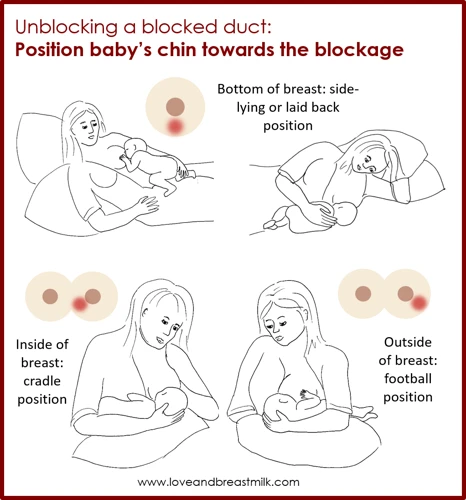
- Clean hands with warm water and soap before touching the breast.
- Choose a comfortable and quiet environment.
- Apply a warm compress or take a warm shower before starting the massage.
- Wear a loose-fitting clothing or no clothing in order to facilitate the movements.
- To reduce friction, you can use massage oil or lotion.
Steps to Massage Breast for Mastitis
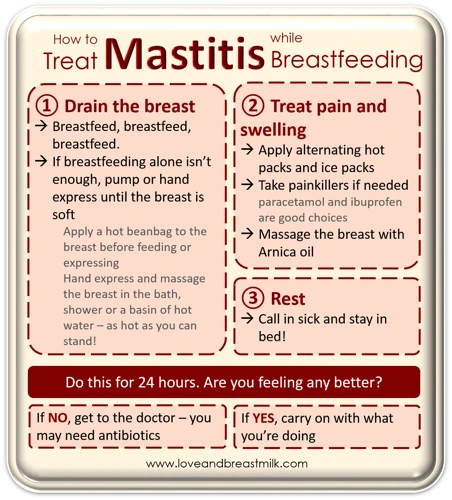
- Cleanse the area: Begin by washing the affected area with warm, soapy water to remove any bacteria or germs. Pat dry with a clean towel.
- Gently massage: Place your right hand on the left side of the breast, and your left hand on the right side. Gently massage the breast in a circular motion for about two minutes.
- Apply pressure: Once you’ve massaged the breast, apply pressure to the affected area with both hands. This should help relieve pain and discomfort.
- Repeat the process: Repeat the massage several times a day, for about two minutes each time. This will help reduce inflammation and swelling.
Massage Techniques for Mastitis
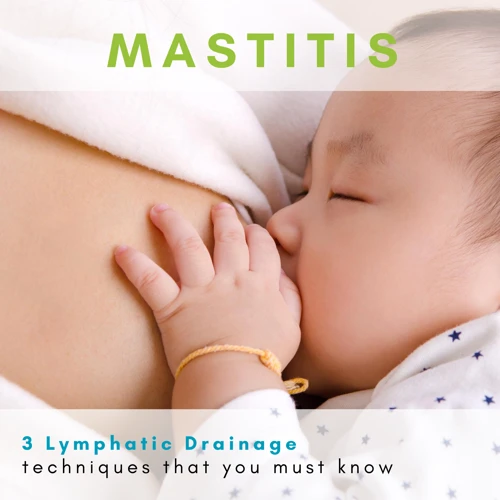
| Technique | Description |
|---|---|
| Circular Massage | Use your fingers to make circular motions on the affected area, starting from the outer edges and moving towards the center. This technique helps to break up the clumps of milk and reduce swelling. |
| Breast Compression | Using the flat part of your palms, lightly press down on each side of the breast. This will help to express any blocked milk ducts. |
| Gentle Pinching | Gently pinch the area around the clogged duct. This will help to break up the clumps and reduce swelling. |
| Vibration Massage | Using a vibrating massager, gently massage the affected area. This will help to reduce pain and break up the clumps of milk. |
Note: It is important to be gentle when massaging the breast to avoid causing further irritation and inflammation.
Post-Massage Care for Mastitis
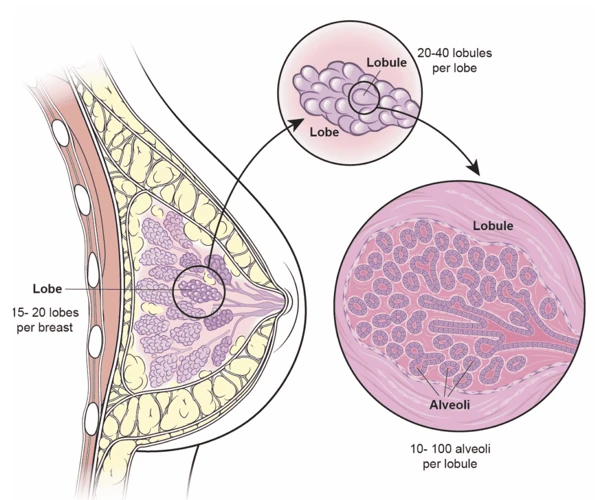
Wear a Supportive Bra: After a massage, it is important to wear a supportive bra to help reduce inflammation and promote healing. Make sure the bra is not too tight, as this can cause further discomfort.
Rest: Once the massage is complete, it is important to rest and relax. Taking some time to rest the body will help the muscles relax and reduce inflammation.
Heat Therapy: Applying heat to the area can help reduce inflammation and pain. Heat therapy can be used after the massage to help promote healing.
Hydrate: Staying hydrated is important for reducing inflammation and promoting healing. Drinking plenty of water and other fluids throughout the day will help reduce inflammation.
Avoid Caffeine and Alcohol: While caffeine and alcohol can help reduce inflammation and pain, it is important to avoid them after a massage. Caffeine and alcohol can cause further inflammation and aggravate the condition.
Follow Up with Your Doctor: If the symptoms of mastitis do not improve after the massage, it is important to follow up with your doctor. Your doctor may be able to recommend additional treatments to help reduce inflammation and promote healing.
Additional Tips for Mastitis Relief
- Hydrotherapy: Hydrotherapy can help to relieve the pain and swelling associated with mastitis. To do this, you can try soaking your breasts in a warm bath for 10-15 minutes, or using a warm compress on the affected areas. This will help to reduce inflammation and stimulate lymphatic drainage, which can help to reduce swelling.
- Herbal Remedies: There are certain herbs and essential oils that can be used to help reduce pain and swelling associated with mastitis. Some of the most commonly used herbs and essential oils include chamomile, lavender, and tea tree oil. These can be applied topically to the affected area or ingested in the form of tea.
- Use Cold Compresses: Cold compresses can be used to reduce swelling and inflammation associated with mastitis. To do this, place a cold compress or ice pack on the affected area for 10-15 minutes at a time. This will help to reduce inflammation and provide some temporary relief from the pain.
- Rest: Getting adequate rest is important for relieving the symptoms of mastitis. Try to get at least 8 hours of sleep each night, and avoid strenuous activities that could aggravate the symptoms. If possible, try to take a break from breastfeeding for a few days.
- Stay Hydrated: Staying hydrated is important for reducing the swelling associated with mastitis. Make sure to drink plenty of water throughout the day, and avoid caffeinated and alcoholic beverages. You can also try sucking on ice chips or drinking chilled beverages to help reduce the swelling.
Frequently Asked Questions
What Type of Massage is Best for Relieving Symptoms of Mastitis?
The best type of massage for relieving symptoms of mastitis is a gentle, circular breast massage. This massage should be done with gentle pressure in a circular motion around the affected area, using your fingertips. This type of massage helps to improve lymphatic drainage, reduce inflammation and pain, and promote healing. Additionally, it can help to reduce the risk of infection.
How Often Should a Massage Be Performed to Help with Mastitis?
Massage can be performed daily or on an as-needed basis. If daily massage does not provide relief, it is recommended to massage no more than every other day. If a massage causes pain or discomfort, reduce frequency and intensity until the area is no longer inflamed. It is important to massage gently and use oil or lotion to reduce friction. Always consult with your doctor before using massage therapy to treat mastitis.
Are There Any Risks Associated with Breast Massage?
Breast massage, done correctly, can provide relief for mastitis symptoms and any associated pain and swelling. However, it is important to note that there is a risk of irritation or injury if the massage technique is not done properly. Additionally, breast massage should not be done on any breast that has been surgically altered or has any lumps or bumps that have not been examined by a doctor. It is also important to be gentle and not to apply too much pressure when massaging the breasts.
Are There Any Precautions I Should Take Before Performing a Breast Massage?
Yes, there are:
- Avoid massaging the area if it is inflamed, bruised, or broken skin.
- Be sure to use a lubricant, such as a massage oil, to reduce friction.
- Ensure that the area is clean and free of any dirt, sweat, or other contaminants.
- Do not use any products that contain essential oils or fragrances.
- Do not use any products that contain irritants or allergens.
- Do not massage too hard or too often.
- Always sanitize your hands before and after the massage.
Are There Any Other Treatments That Can Be Used to Help With Mastitis?
Apart from massage, other treatments such as hot compresses, antibiotics, and herbal remedies can also be used to alleviate the symptoms of mastitis. Hot compresses can help reduce inflammation and pain, while antibiotics can help fight the infection. Herbal remedies such as garlic, turmeric, and ginger can also help reduce pain and inflammation. However, it is important to consult with a doctor before using any of these treatments.
Conclusion
Mastitis is a common condition in breastfeeding mothers, causing pain, swelling and discomfort. Massage is a great way to help reduce symptoms and improve the healing process. With the proper technique and a few simple steps, you can massage your breasts to help relieve pain, reduce swelling and encourage the healing process.

